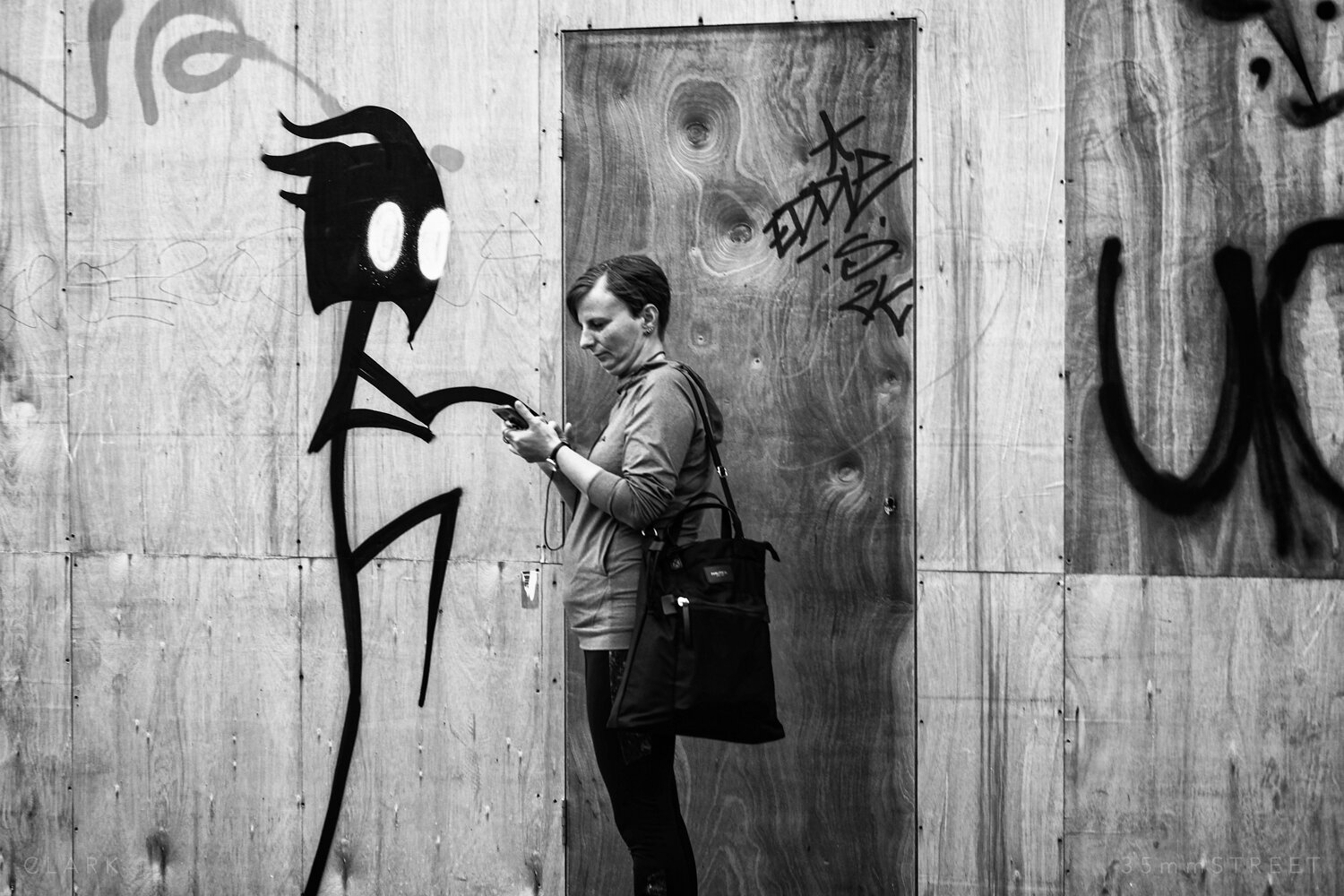Street Photographers for Beginners
Table of ContentsThe Only Guide to Street PhotographersIndicators on Street Photographers You Need To KnowThe 5-Second Trick For Street PhotographersGetting The Street Photographers To WorkIndicators on Street Photographers You Need To Know
Road digital photographers do not necessarily have a social objective in mind, however they prefer to separate and capture minutes which may or else go undetected.He was influenced by many of those who influenced the street photographers of the 1950s and '60s, he was not chiefly interested in capturing the spirit of the road. The impulse to aesthetically record individuals in public began with 19th-century painters such as Edgar Degas, douard Manet, and Henri de Toulouse-Lautrec, that functioned side by side with professional photographers trying to catch the significance of urban life.
As opposed to Atget, photographer Charles Marville was employed by the city of Paris to develop an encyclopaedic document of Haussmann's city preparation task as it unfolded, hence old and brand-new Paris. While the digital photographers' subject was essentially the same, the outcomes were noticeably different, showing the impact of the professional photographer's bent on the personality of the photos he produced.
Given the fine top quality of his photographs and the breadth of material, architects and artists frequently acquired Atget's prints to make use of as referral for their own job, though business rate of interests were barely his main inspiration. Rather, he was driven to photograph every last remnant of the Paris he liked.
What Does Street Photographers Do?
They reveal the city via his eyes. His work and fundamental understanding of photography as an art form served as inspiration to generations of professional photographers that adhered to. The next generation of road digital photographers, though they likely did not refer to themselves as such, was ushered in by the photojournalism of Hungarian-born professional photographer Andr Kertsz.
Unlike his peers, Brassa used a larger-format Voigtlnder electronic camera with a longer direct exposure time, forcing him to be a lot more computed and thoughtful in his practice than he may have been if using a Leica.
Cartier-Bresson was a champion of the Leica camera and one of the initial professional photographers to optimize sites its capabilities. The Leica enabled the photographer to connect with the surroundings and to catch minutes as they took place. Its relatively little dimension likewise assisted the photographer discolor into the background, which was Cartier-Bresson's preferred technique.
10 Simple Techniques For Street Photographers
It is due to this essential understanding of the art of photo taking that he is commonly attributed with finding the medium around again roughly a century because its innovation. He Website took photos for more than a half century and affected generations of photographers to trust their eye and instinct in the moment.
These are the questions I will try to respond to: And then I'll leave you with my very own interpretation of street digital photography. Yes, we do. Let's start with defining what an interpretation is: According to (Street Photographers) it is: "The act of specifying, or of making something guaranteed, unique, or clear"
No, certainly not. The term is both limiting and deceiving. Appears like a street photography need to be pictures of a streets appropriate?! And all road professional photographers, with the exception of a handful of outright novices, will completely appreciate that a road is not the essential component to road digital photography, and really if it's an image of a road with possibly a few dull individuals not doing anything of interest, that's not street digital photography that's a picture of a road.
Some Known Details About Street Photographers
He makes a valid factor do not you think? While I agree with him visit this site I'm not sure "honest public photography" will capture on (although I do kind of like the term "honest digital photography") since "street digital photography" has been around for a lengthy time, with many masters' names attached to it, so I believe the term is here to stay (Street Photographers).
You can shoot at the coastline, at a celebration, in a street, in a park, in a piazza, in a cafe, at a museum or art gallery, in a city terminal, at an event, on a bridge, under a bridge ...
Yes, I'm afraid we scared no choice! Without policies we can not have a meaning, and without a meaning we do not have a style, and without a genre we do not have anything to specify what we do, and so we are stuck in a "guidelines meaning style" loophole!
The Buzz on Street Photographers
